|
Our recent piece on schools that should be perennial powers received a good deal of feedback, so we figured it's the perfect time to capitalize and bring more of the same content.
All jobs aren't created equal. There are some schools that have more funding, more prestige and better resources at their disposal to make recruiting (and, by extension, winning) more sustainable. As an attempt at pegging which jobs in the major conferences are best and which are most difficult based on those factors, we developed a seven-prong tier system, ranging from the perennial blue bloods to the spots with annual uphill battles. A good coach can raise their program a tier, perhaps even two if there's longevity involved. These rankings fluctuate slightly as a result of the man in the head chair, but are largely dependent on factors outside of who the boss is right now. The pursuit of Kentucky is on. In what is known as a football conference, the ascent of the SEC the last few years has been rapid. There are plenty of schools now investing in major hoops programs, hoping to jockey for position as the next-best landing spot outside of Lexington. The back-and-forth nature of all these jobs prevents one spot from emerging as a challenge, but with rich athletic departments from football and a local culture of spending for athletic success, there are very few bad spots in the league.
0 Comments
Our recent piece on schools that should be perennial powers received a good deal of feedback, so we figured it's the perfect time to capitalize and bring more of the same content.
All jobs aren't created equal. There are some schools that have more funding, more prestige and better resources at their disposal to make recruiting (and, by extension, winning) more sustainable. As an attempt at pegging which jobs in the major conferences are best and which are most difficult based on those factors, we developed a seven-prong tier system, ranging from the perennial blue bloods to the spots with annual uphill battles. A good coach can raise their program a tier, perhaps even two if there's longevity involved. These rankings fluctuate slightly as a result of the man in the head chair, but are largely dependent on factors outside of who the boss is right now. In the Big Twelve, everyone chases Kansas. Their success and history is no accident, the careful combination of tradition and a great administration. Texas is nipping on their heels of late, and the depth of middle-tier programs lately has made this one of the best hoops conferences in the country. How sustainable is their run of recent success? And how might a lack of sustainability shape the perception of each job outside of Lawrence or Austin? Our recent piece on schools that should be perennial powers received a good deal of feedback, so we figured it's the perfect time to capitalize and bring more of the same content.
All jobs aren't created equal. There are some schools that have more funding, more prestige and better resources at their disposal to make recruiting (and, by extension, winning) more sustainable. As an attempt at pegging which jobs in the major conferences are best and which are most difficult based on those factors, we developed a seven-prong tier system, ranging from the perennial blue bloods to the spots with annual uphill battles. A good coach can raise their program a tier, perhaps even two if there's longevity involved. These rankings fluctuate slightly as a result of the man in the head chair, but are largely dependent on factors outside of who the boss is right now. What I love about the Big Ten is just how many schools are good pretty much every year. There was a point in time when Indiana was considered a national blue blood, though that time seems to be gone, thanks not only to their own sputtering record but the consistency and success of several other major programs the last two decades. There's a clear bottom-tier of four or five spots, but there are enough resources for any of the league's ten best to win the conference on any given year. Our recent piece on schools that should be perennial powers received a good deal of feedback, so we figured it's the perfect time to capitalize and bring more of the same content.
All jobs aren't created equal. There are some schools that have more funding, more prestige and better resources at their disposal to make recruiting (and, by extension, winning) more sustainable. As an attempt at pegging which jobs in the major conferences are best and which are most difficult based on those factors, we developed a seven-prong tier system, ranging from the perennial blue bloods to the spots with annual uphill battles. A good coach can raise their program a tier, perhaps even two if there's longevity involved. These rankings fluctuate slightly as a result of the man in the head chair, but are largely dependent on factors outside of who the boss is right now. The Big East is not what it once was. Once upon a time, Syracuse, Connecticut, Georgetown and Villanova were among the nation's most storied programs, cashing in on rivalry and depth within the league to attract the best players. The league's dissolution and change over the last 20 years has changed much of its prestige. But outside a few remaining thorough-breads from the old glory days, there isn't a spot within the league that isn't capable of pushing for a multi-year run atop the Big East. Our recent piece on schools that should be perennial powers received a good deal of feedback, so we figured it's the perfect time to capitalize and bring more of the same content.
All jobs aren't created equal. There are some schools that have more funding, more prestige and better resources at their disposal to make recruiting (and, by extension, winning) more sustainable. As an attempt at pegging which jobs in the major conferences are best and which are most difficult based on those factors, we developed a seven-prong tier system, ranging from the perennial blue bloods to the spots with annual uphill battles. A good coach can raise their program a tier, perhaps even two if there's longevity involved. These rankings fluctuate slightly as a result of the man in the head chair, but are largely dependent on factors outside of who the boss is right now. As a hoops league, the Pac-12 is one of the weakest major conferences out there. Call it East Coast bias if you will, but many of the middle-upper tier teams struggle to sustain success once they build it. Combine that with a couple of the worst power-6 jobs in the country and a whole bunch of large programs without a winning tradition and the lack of hoops prestige is evident. Our recent piece on schools that should be perennial powers received a good deal of feedback, so we figured it's the perfect time to capitalize and bring more of the same content.
All jobs aren't created equal. There are some schools that have more funding, more prestige and better resources at their disposal to make recruiting (and, by extension, winning) more sustainable. As an attempt at pegging which jobs in the major conferences are best and which are most difficult based on those factors, we developed a seven-prong tier system, ranging from the perennial blue bloods to the spots with annual uphill battles. A good coach can raise their program a tier, perhaps even two if there's longevity involved. These rankings fluctuate slightly as a result of the man in the head chair, but are largely dependent on factors outside of who the boss is right now. In the ACC, everyone knows who the two national blue bloods are in Duke and Carolina. Beyond them is a deep conference of teams who trade shots at being third in line, a few teams who are in their shadow and two schools who struggle to create or sustain momentum.
The longer you're in this business, the more you understand the factors outside of just coaching impact winning. Administration, boosters, financial components, facilities, campus, prestige, location, recruiting backyard, television exposure, conference... all these matter in real ways and create tiers within power conferences.
As such, there area couple schools (and coaches) who are slightly underachieving. These are schools that aren't quite blue bloods but have the power at their disposal to put themselves in the tournament every year. Blue bloods are really the list that follows: UCLA, Kentucky, Kansas, Duke, North Carolina. So, which schools need to be mentioned in a tier just below those schools that don't quite have the history of basketball success? Here's the big question: how do you rank teams who didn't play close to the same amount of games this season?
In a COVID world where game cancellations are wreaking havoc, we may find ourselves in a situation where some teams have played fewer than 15 games and still make the NCAA Tournament. For the at-large bids, it's a crazy scenario trying to figure that out. Sprinkle in there the lack of non-conference schedules for some teams to take advantage of and comparing one league to another has become infinitely more challenging. You want to reward those who have made it through a normal schedule without penalizing those who haven't. Paradoxical in its own right, the committee has a pretty unenviable task at this point. I still have questions about travel, isolation and risk involved with a single-site tournament in Indianapolis. Is there enough time for all teams to travel, quarantine and test negatively so the games are safe? An outbreak that rolls through the tournament could be this year's major storyline. Alas, we persevere and prepare for what a tournament may look like. Here's our first attempt at a Bracketology session, predicting where the field stands as of early Feburary. |
Adam SpinellaAssistant Men's Basketball Coach, Dickinson College. Archives
April 2021
Categories |
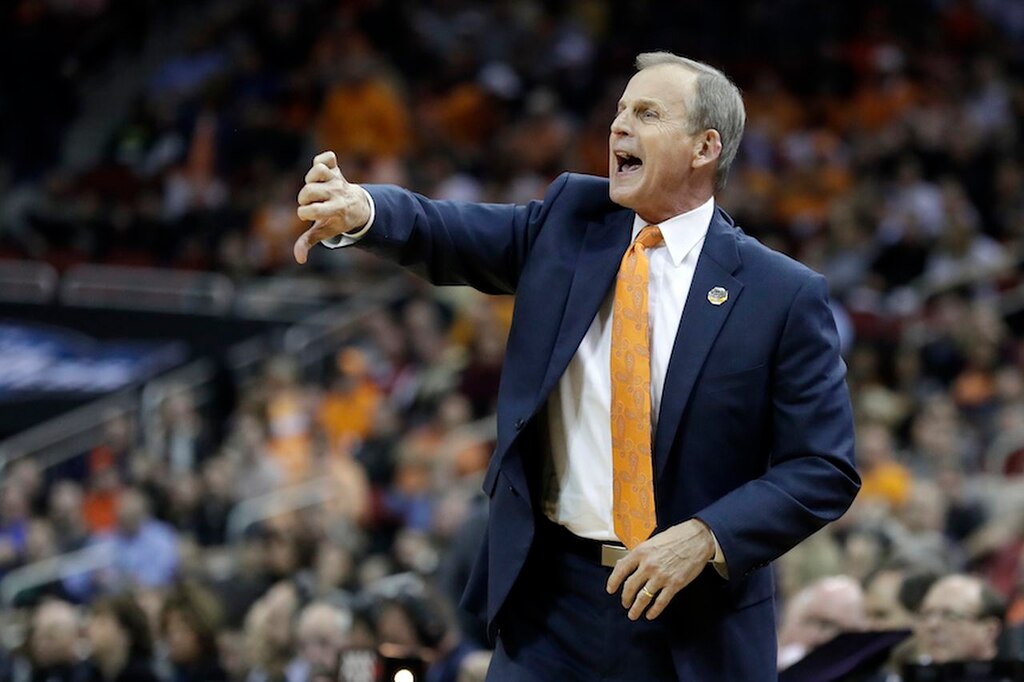
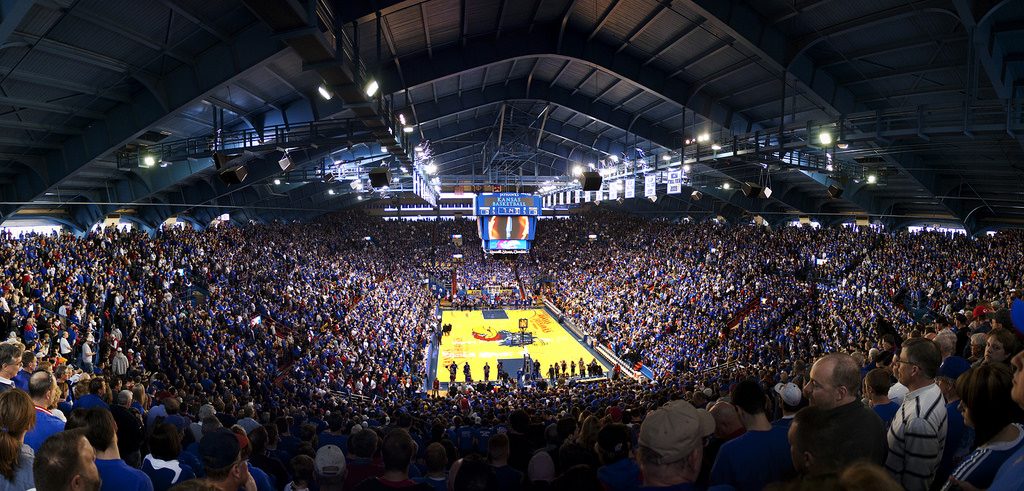
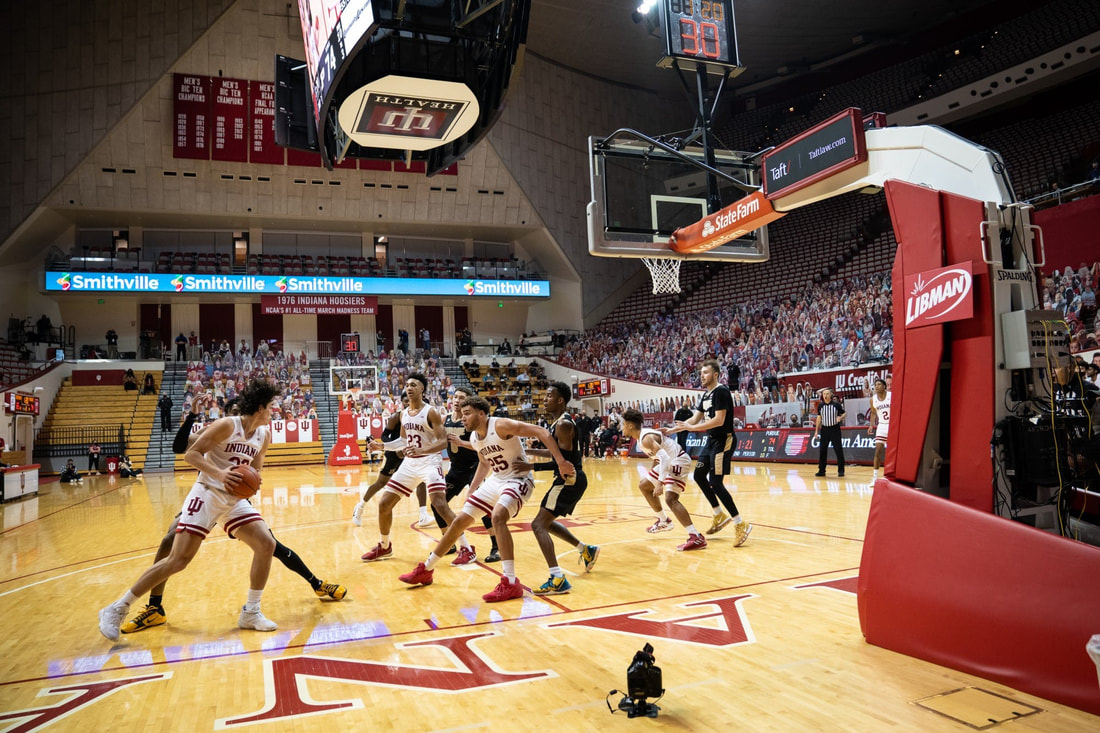
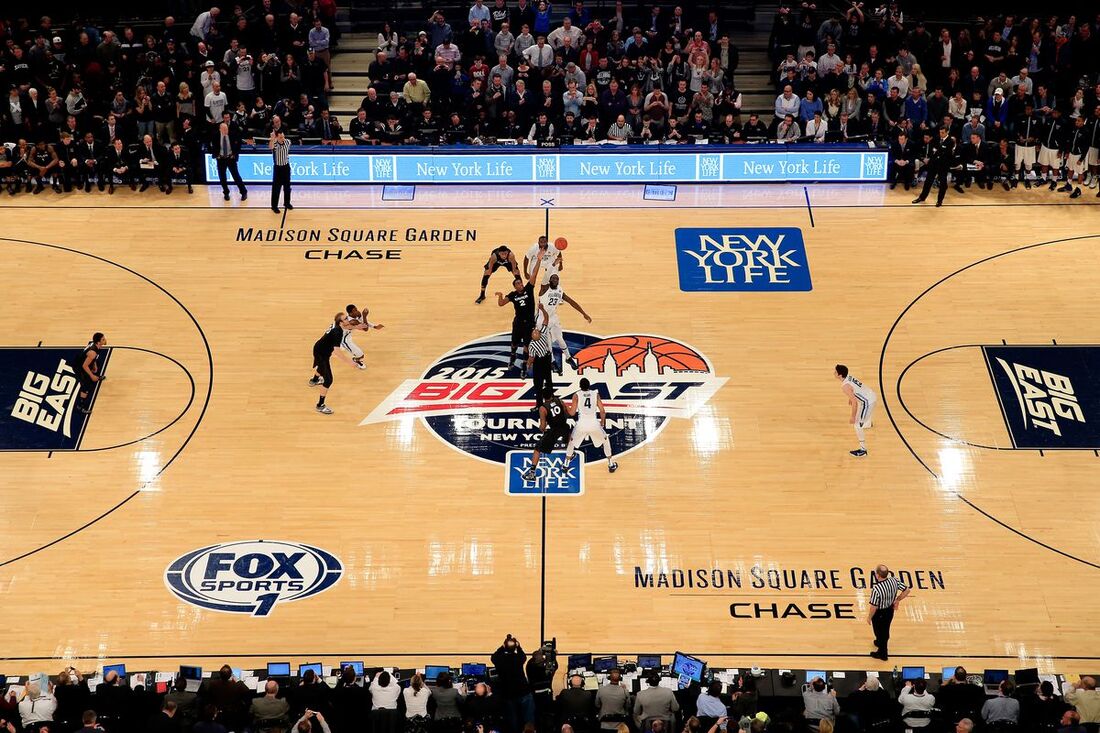
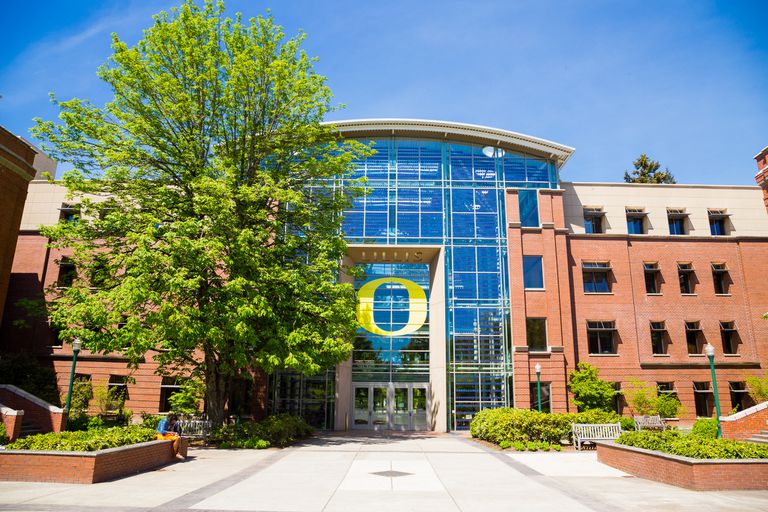
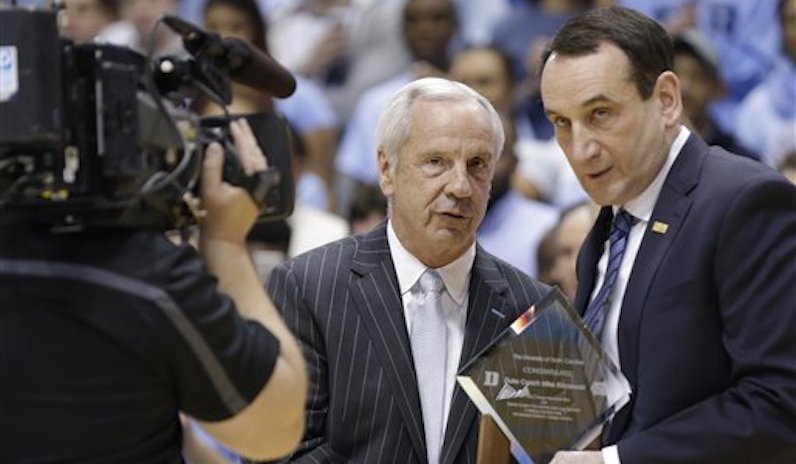
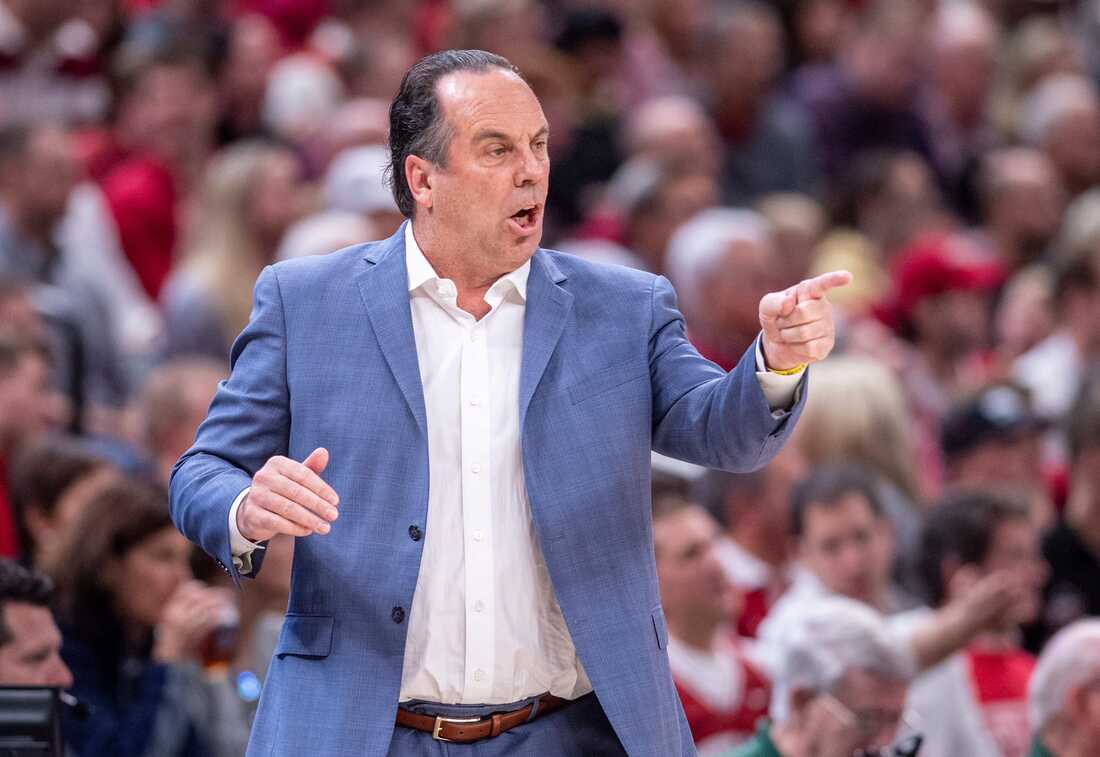
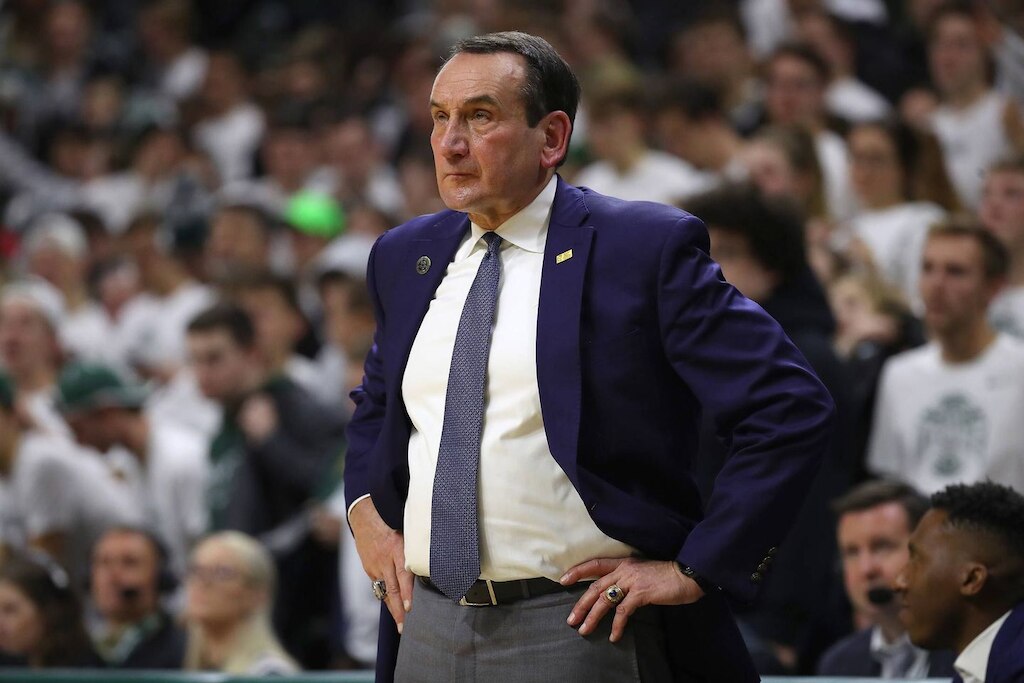
 RSS Feed
RSS Feed
